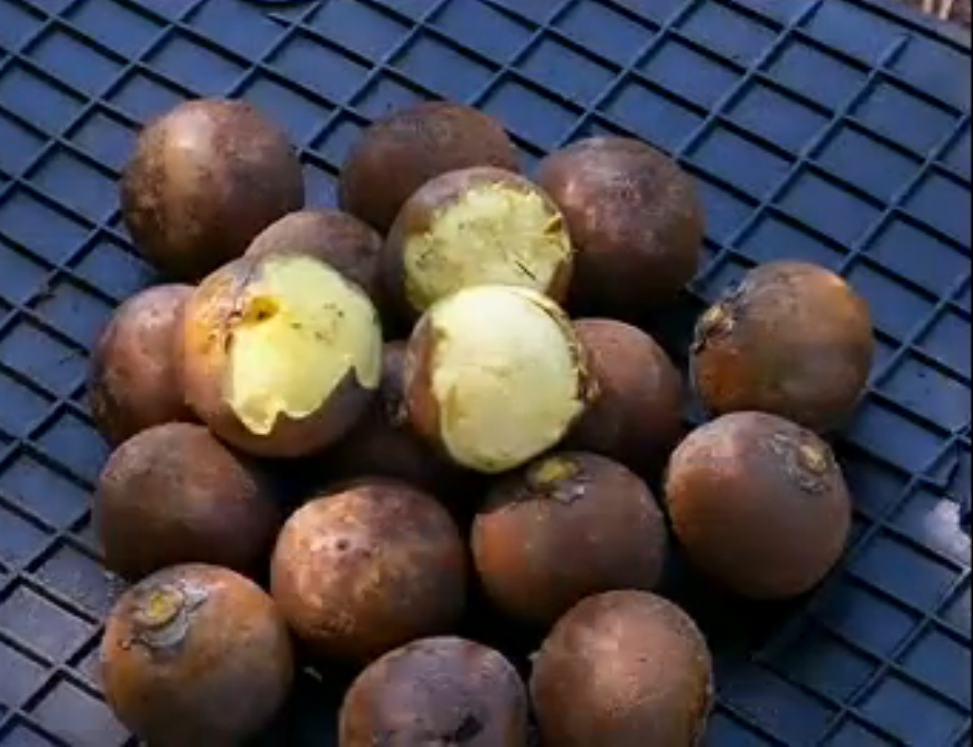Amazônia: 'tipping point' approaches faster than expected
terça-feira, março 08, 2022
Under the impact of global warming and deforestation, the Amazon is approaching a "tipping point" faster than expected, which could turn the world's largest rainforest into savannah, a carbon sink vital to the planet's balance.
To arrive at this alarming new finding, published on Monday (7) in the journal Nature Climate Change, researchers analyzed 25 years of satellite data to assess the resilience of the Amazon rainforest to traumas such as fires or droughts.
And, this key indicator of the overall health of the Amazon ecosystem has fallen by more than 75% of its surface and up to 50% in resilience in the most mistreated places, especially near human activities or affected by droughts, Tim Lenton of the British University of Exeter, co-author of the study, tells AFP.
According to the models, global warming alone could push the Amazon rainforest into an irremediable transformation into savannah. The latest IPCC report – the UN climate experts – published a week ago, again warned of this possibility, which some models say could be triggered by around 2050.
- Interactions -
"But obviously it's not just climate change, people are cutting or burning the forest, which is a second point of pressure," Lenton continues. "These two factors interact, so there are concerns that the transition will occur even earlier."
In addition to the Amazon, systems as important for planetary equilibrium as polar ice caps, permafrost (permanently frozen soil, particularly in Siberia) that contains huge amounts of methane or CO2, coral reefs, south Asian monsoon regime or Atlantic ocean currents, are threatened by these "inflection points", which can radically alter the world in which we live.
In the Brazilian Amazon, deforestation has reached record levels since President Jair Bolsonaro came to power in 2019.
According to a recent study, the Brazilian Amazon rainforest, which accounts for 60% of the total, has already gone from a "carbon sink" to a net carbon source, releasing 20% more of this powerful greenhouse gas than it absorbed.
The recent IPCC report underlined the extent to which natural ecosystems are threatened, although their good health can effectively contribute to the fight against climate change. Land and vegetation have thus absorbed one third of CO2 emissions year after year since 1960.
- Vital tests -
The transformation of the Amazon basin into savannah would therefore have enormous consequences, both regionally and globally, the study authors warn.
About 90 billion tonnes of CO2 – twice the annual global emissions from all combined sources – could then be released into the atmosphere further enhancing warming.
Regionally, not only would the forest suffer: "if we lose the role of the Amazon in the rainy cycle, we will have consequences for the center of Brazil, the agricultural heart of the country," says Tim Lenton.
To assess forest resilience, the researchers analyzed data that measure its biomass and the "green" of the canopy.
"Many researchers theorized an inflection point ... Our study provides vital empirical evidence that we are approaching this point," says Niklas Boers, professor at the Potsdam Institute for Climate Impact Research (PIK) and co-author of the study.
"If we lose too much resilience, the death of the floreta may become inevitable. But this will only be obvious when the event that knocks down the system passes", warns the researcher.
For Tim Lenton, there may be a small chance of restoring the situation. "If we can lower the temperature again, even after the inflection point, maybe we can change things."
But it would be necessary to rely on techniques of massive extraction of CO2 from the atmosphere, which are not operational, "and that involve their own risks".
Source: ISTOÉ Dinheiro





















0 comentários
Agradecemos seu comentário! Volte sempre :)